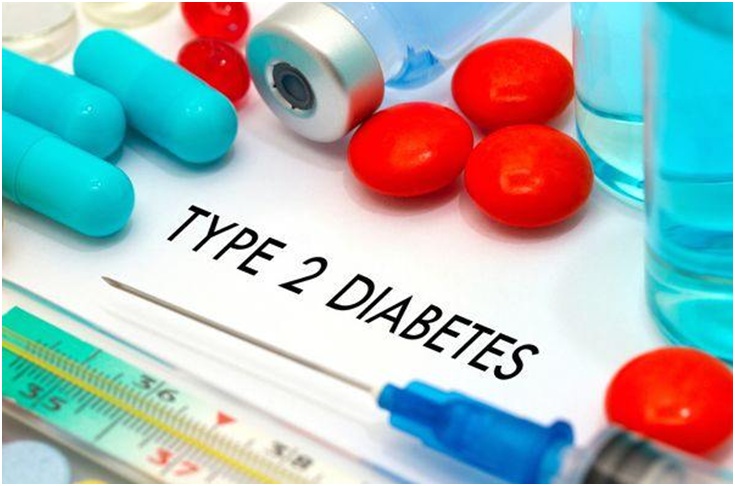Is there any side effect of Glucophage for Diabetic patients?

Glucophage is an anti-diabetic agent. The active ingredient of this medication is metformin. Like any other medication, Glucophage can also cause you to develop certain side effects. However, chances are low. Generally speaking, if a doctor decided to prescribe you this medication or other medications, he or she definitely had considered many factors. Doctors will always make sure that the benefits of the medication given to the patient outweigh the risks. Diabetes treatment in Malaysia is available to help you deal with diabetes mellitus.
The possible side effects of taking Glucophage are:
- Diarrhoea
- Nausea
- Vomiting
- Flatulence
- Infection
- Flushing
- Palpitations
- Chest discomfort
- Headache
- Chills
- Dizziness
- Skin rash
- Abdominal pain
- Constipation
- Muscle weakness
Diabetes is a chronic disease whereby the blood sugar level is always high but the cells are not getting any. Hyperglycemia or high blood sugar refers to a high level of sugar beyond the healthy range in one’s blood. High levels of sugar in the blood for a long period may cause death and other complications such as stroke, heart attack, kidney damage, vision disturbances, and nerve problems. The sad fact is that the majority of diabetic patients are asymptomatic during the initial phase. Symptoms will come later as the disease progresses. The best way to detect any diseases especially diabetes is to go for regular health screening and medical checkups at least once a year.
Diabetes is treated with diet intervention and also medications. Diet intervention alone is for those who are prediabetic or for people with high risk to develop diabetes mellitus. Diabetic patients will require both diet interventions and medications. Diet intervention will require advice from a dietician. Generally speaking, food with low glycaemic index are included in patients’ diet plan. Other than that, food intake based on calorie count or portion will be introduced. If a patient is on insulin, they will be reminded frequently to keep candy bars or a sachet of sugar in case they become hypoglycemic.
There are few groups of medications can be used in treating diabetes. Usually, all patients will start with a single medication and if not effective, dose adjustment will be done, and later more medications will be added. The group of antidiabetics is:
- Biguanides
- Sulphonylureas
- Alpha-glucosidase inhibitors
- Thiazolidinediones
- Insulin
- DPP-4 inhibitors
- GLP-1 receptor agonists
The example of biguanides is metformin. Metformin is commonly used as the first-line treatment as this drug has proven to help in the reduction of blood sugar as well as body weight. The examples of sulfonylureas are glipizide and tolbutamide. Acarbose and miglitol are examples of alpha-glucosidase inhibitors, while pioglitazone is the example of thiazolidinediones. Insulin has many subtypes and classification. Insulins are classified into ultra short-acting, short-acting, intermediate-acting, and long-acting which referring to the duration of their actions.
Metformin is the drug of choice for obese or overweight patients. Controlling blood sugar and reducing patients’ body weight is important in managing diabetic patients. Metformin or Glucophage rarely cause hypoglycemia. Hypoglycemia is a state of low blood sugar. More patients died because of low blood sugar instead of high blood sugar. Low blood sugars are often caused by antidiabetic agents especially insulin. Therefore, Glucophage is a safe drug, to begin with treating diabetic patients. Diabetes treatment is available to help you deal with diabetes mellitus.



![What Increases the Chances of Insomnia [Safety Tips Inside] What Increases the Chances of Insomnia [Safety Tips Inside]](https://ch-img.com/wp-content/uploads/2019/05/health-batch-1-image-382x272.jpg)
















